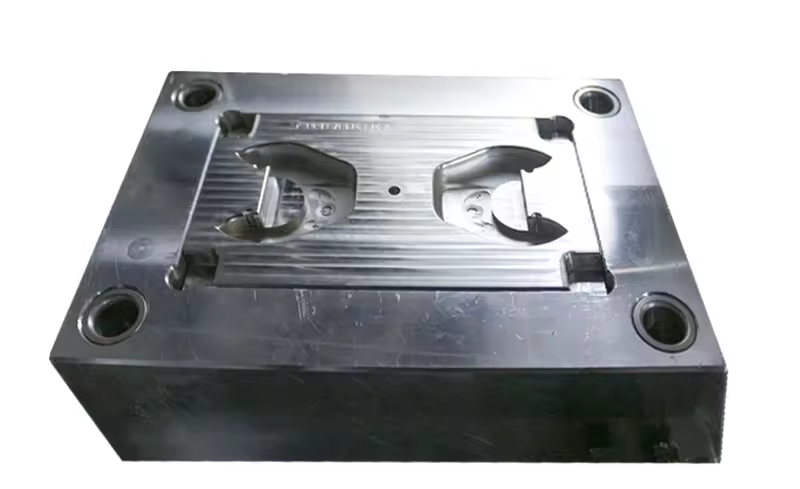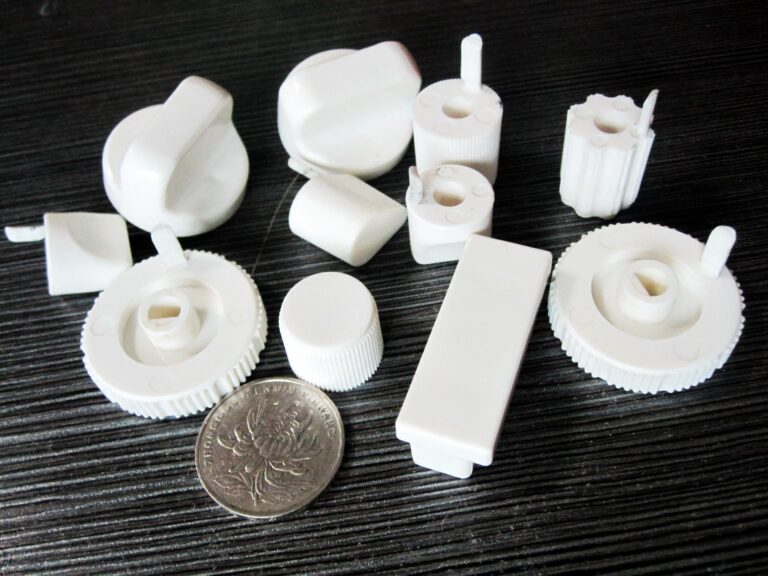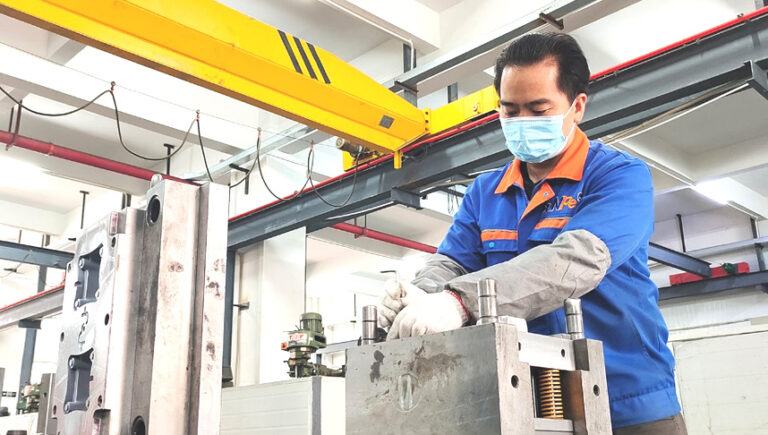Low-volume injection molding offers a cost-effective and efficient solution for producing identical parts without the need for extensive production tooling. With the right manufacturing partner, you can even obtain production-grade components, enjoying the benefits of end-use prototype manufacturing without the long lead times and high costs. However, to fully leverage these advantages, it is crucial to optimize your part designs for the injection molding process. Here, we present design tips and best practices to ensure the success of your low-volume injection molding project.
Streamline Post-Processing
Minimizing the need for post-processing can significantly enhance the cost-effectiveness and speed of your low-volume injection molding project. Reputable service providers often recommend utilizing finishes like SPI Finish B-1 600 Grit Paper to achieve the desired surface finish while reducing lead time and cost.
Optimize Draft Angles
Efficient draft angles in your injection molded part designs facilitate easy removal from the mold without causing any damage. By incorporating walls angled away from the parting line, you can reduce resistance during ejection, preventing defects such as drag marks.
Avoid Excessive Thickness
To optimize your design for low-volume injection molding, avoid overly thick sections. Integrate features like ribbing and coring to prevent excessive thickness, reducing both the part’s weight and the cycle time while enhancing its strength.
Ensure Consistent Wall Thickness
Maintaining uniform wall thickness is crucial for enabling even flow of the molten material within the mold cavity and ensuring consistent cooling. Variations in wall thickness can lead to material degradation, pressure spikes, and inconsistent processing during low-volume injection molding.
Incorporate Radii
Adding radii to your design serves both aesthetic and functional purposes. It promotes smooth plastic flow within the mold, minimizing the risk of fractures during the low-volume injection molding process. Remember to maintain uniform wall thickness when incorporating radii in your part design.
Adhere to Design Principles for Clips and Hinges
When designing living hinges, ensure they are thin at the meeting point of two halves, allowing for greater flexibility. For clip designs, consider the intended application and range of movement.
Seek Expert Guidance
For personalized guidance on your low-volume injection molding project, trust the expertise of AS Prototypes. Our team can provide specific design tips tailored to your project’s unique requirements. Start with a complimentary project review or engage in a detailed conversation with our experts.
By following these design tips and partnering with AS Prototypes, you can optimize your low-volume injection molding project for both cost-effectiveness and exceptional quality. Contact us today at [email protected] to embark on a successful manufacturing journey.





